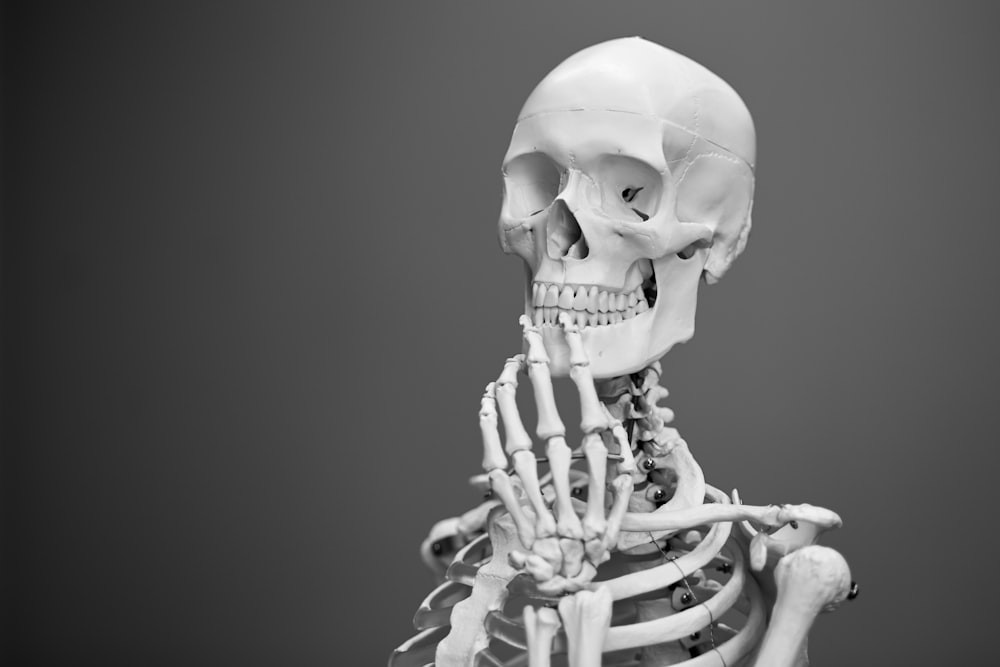目次
筋力トレーニングは筋力のみならず骨量の改善にもつながるのか?
理学療法士・作業療法士が高齢者に対して筋力トレーニング指導を行う機会は多いと思います.
最近はオステオサルコペニアという言葉もあるように高齢者の場合には筋量や筋力のみならず骨量低下も深刻です.
筋力トレーニングによって筋力に加えて骨量にも改善が得られるのであればこれは有益ですが実際のところはどうなのでしょうか?
今回は筋力トレーニングは筋力のみならず骨量の改善にもつながるのかを考えるうえで参考になるシステマティックレビュー論文をご紹介させていただきます.

今回ご紹介する論文
Systematic Review. Open Access
Published: 24 May 2022
Progressive Resistance Training for Concomitant Increases in Muscle Strength and Bone Mineral Density in Older Adults: A Systematic Review and Meta-Analysis
Steven J. O’Bryan, Catherine Giuliano, Mary N. Woessner, Sara Vogrin, Cassandra Smith, Gustavo Duque & Itamar Levinger
Sports Medicine volume 52, pages1939–1960 (2022)
今回ご紹介する論文は2022年に掲載された論文です.
研究の背景
Older adults experience considerable muscle and bone loss that are closely interconnected. The efficacy of progressive resistance training programs to concurrently reverse/slow the age-related decline in muscle strength and bone mineral density (BMD) in older adults remains unclear.
高齢者は筋力と骨量の低下が著しく,相互に密接に関連しております.
高齢者における加齢に伴う筋力および骨密度(BMD)の低下を同時に逆転または減速させる漸進的レジスタンストレーニングプログラムの有効性は依然として不明であります.
研究の目的
We aimed to quantify concomitant changes in lower-body muscle strength and BMD in older adults following a progressive resistance training program and to determine how these changes are influenced by mode (resistance only vs. combined resistance and weight-bearing exercises), frequency, volume, load, and program length.
この研究では高齢者を対象とした漸増的レジスタンス・トレーニング・プログラムによる下半身の筋力と骨密度の同時変化を定量化し,これらの変化がトレーニング方法(レジスタンスのみ対レジスタンスと体重負荷の複合運動),回数,ボリューム,負荷,プログラムの長さにどのように影響されるかを明らかにすることを目的としております.
研究の方法
MEDLINE/PubMed and Embase databases were searched for articles published in English before 1 June, 2021. Randomized controlled trials reporting changes in leg press or knee extension one repetition maximum and femur/hip or lumbar spine BMD following progressive resistance training in men and/or women ≥ 65 years of age were included. A random-effects meta-analysis and meta-regression determined the effects of resistance training and the individual training characteristics on the percent change (∆%) in muscle strength (standardized mean difference) and BMD (mean difference). The quality of the evidence was assessed using the Cochrane risk-of-bias tool (version 2.0) and Grading of Recommendation, Assessment, Development, and Evaluation (GRADE) criteria.
MEDLINE/PubMedおよびEmbaseデータベースを用いて,2021年6月1日以前に英語で発表された論文を検索しております.
65歳以上の男性および/または女性における漸進的レジスタンストレーニング後のレッグプレスまたは膝伸展1回反復最大値および大腿骨/股関節または腰椎BMDの変化を報告した無作為化対照試験も対象としております.
ランダム効果メタ分析およびメタ回帰により,筋力(標準化平均差)および骨密度(平均差)の変化率(△%)に対するレジスタンストレーニングおよび個々のトレーニング特性の効果を決定しております.
エビデンスの質はCochrane risk-of-bias tool(バージョン2.0)およびGRADE(Grading of Recommendation, Assessment, Development, and Evaluation)基準で評価しております.
研究の結果
Seven hundred and eighty studies were identified and 14 were included. Progressive resistance training increased muscle strength (∆ standardized mean difference = 1.1%; 95% confidence interval 0.73, 1.47; p ≤ 0.001) and femur/hip BMD (∆ mean difference = 2.77%; 95% confidence interval 0.44, 5.10; p = 0.02), but not BMD of the lumbar spine (∆ mean difference = 1.60%; 95% confidence interval − 1.44, 4.63; p = 0.30). The certainty for improvement was greater for muscle strength compared with BMD, evidenced by less heterogeneity (I2 = 78.1% vs 98.6%) and a higher overall quality of evidence. No training characteristic significantly affected both outcomes (p > 0.05), although concomitant increases in strength and BMD were favored by higher training frequencies, increases in strength were favored by resistance only and higher volumes, and increases in BMD were favored by combined resistance plus weight-bearing exercises, lower volumes, and higher loads.
780件の研究が同定され14件がメタアナリシスの対象となりました.
漸増的レジスタンス・トレーニングは筋力(△標準化平均差=1.1%;95%信頼区間 0.73, 1.47;p ≦0.001)および大腿骨/股関節骨密度(△平均差=2.77%;95%信頼区間 0.44, 5.10;p =0.02)を増加させましたが,腰椎の骨密度(△平均差=1.60%;95%信頼区間 – 1.44, 4.63;p =0.30)には有意な変化はありませんでした.
改善の確実性は骨密度と比較して筋力の方が高く,異質性が低く(I2 = 78.1% vs 98.6%),全体的にエビデンスの質が高い結果でありました.
筋力と骨密度の同時向上はトレーニング頻度が高いほど有利であり,筋力の向上は抵抗のみの運動と高い負荷量が有利であり,骨密度の向上は抵抗と体重支持運動の組み合わせ低い負荷量,高い負荷量が有利でありましたが,両方の結果に有意に影響するトレーニング特性はありませんでした(p>0.05).
研究の結論
Progressive resistance training programs concomitantly increase lower-limb muscle strength and femur/hip bone mineral density in older adults, with greater certainty for strength improvement. Thus, to maximize the efficacy of progressive resistance training programs to concurrently prevent muscle and bone loss in older adults, it is recommended to incorporate training characteristics more likely to improve BMD.
漸増的レジスタンス・トレーニング・プログラムは,高齢者において下肢筋力と大腿骨/股関節骨密度を同時に増加させ,筋力向上の確実性はより高いものでありました.
したがって高齢者の筋力低下と骨量低下を同時に予防する漸増的レジスタンス・トレーニング・プログラムの効果を最大化するためには骨密度を改善する可能性がより高いトレーニング特性を取り入れることが推奨されます.
今回は筋力トレーニングは筋力のみならず骨量の改善にもつながるのかを考えるうえで参考になるシステマティックレビュー論文をご紹介させていただきました.
筋力と骨量を向上させるプログラムには相違があるというのは興味深いですね.
こういった結果をしっかりと予防事業に活かせるとよいですね.






